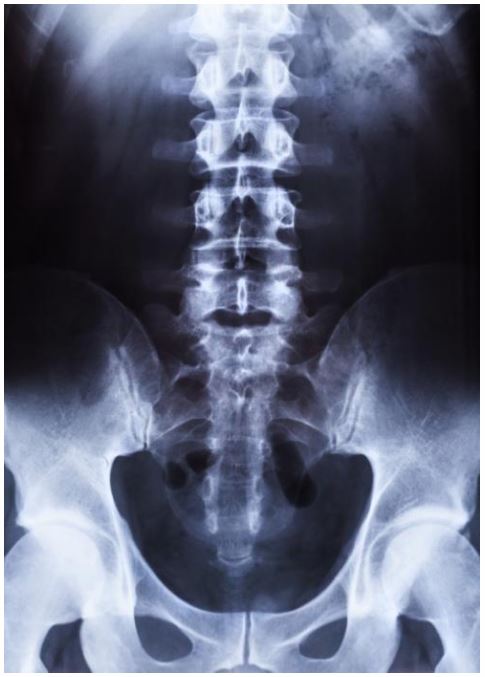Why is bone density important to overall health
Weak bones decrease the ability to do daily activities and broken bones, particularly major breaks such as hip fractures, can cause disability and ongoing pain. Osteoporosis, which literally means “porous bone,” is a disease that leads to fractures and breaks due to loss of bone mass and strength.
Kids are often told to drink their milk for stronger bones, but what about postmenopausal women? Osteoporosis, a condition that causes bones to become thin, brittle and susceptible to breaks, is common in women who have gone through menopause. About 30 percent of postmenopausal women in the U.S. have osteoporosis and 40 percent of them will suffer at least one fracture.
There are some risk factors for osteoporosis you can’t control, like gender, age, family history and body frame. But there’s at least one risk factor you can control: your diet.
What increases my risk of weak bones
Lifestyle habits that contribute to weakened bones include: poor nutrition, lack of exercise, smoking and excessive use of alcohol and caffeine. Other contributing factors include family history, being female, having had an organ transplant or a history of broken bones and diseases related to the thyroid, gastrointestinal tract, liver and kidneys. Some medications also can contribute to bone loss.
What bones need
Our bones serve as scaffolding for our bodies. Because the 206 bones in the body have to fight gravity every day, they’re under constant stress – and constantly undergoing repair. In fact, bone cells have such a high turnover rate, the skeleton of a young person will have completely different cells every four years.
Eating foods rich in calcium and vitamin D, which helps your body absorb calcium, can help improve bone strength and density and reduce the effects of osteoporosis later in life. Bone density, a measurement of how much calcium and other minerals are in your bones, usually peaks in your 20s or 30s, so it’s important to maintain a bone-healthy diet, especially as you age.
Foods high in calcium
Most adults need between 1,000 and 1,300 milligrams of calcium every day depending on age. If you want to get the best bang for your buck, try these foods:
- Milk (8 ounces): 300 milligrams per serving
- Yogurt (6 ounces): 250 milligrams
- Cheese (1 ounce): 195 milligrams to 335 milligrams (harder cheese has more calcium than softer cheese)
- Cottage cheese (half a cup): 130 milligrams
- Ice cream (half a cup): 100 milligrams
- Soy milk (eight ounces): 300 milligrams
- Dark, leafy green vegetables like kale and spinach (half a cup, cooked): 50 to 135 milligrams
- Beans (half a cup, cooked): 60 to 80 milligrams
You can also eat foods that are fortified with calcium, like orange juice, tofu and breakfast cereal.
What about vitamin D
Vitamin D is measured in international units (IUs). Most adults should get between 600 and 800 IUs per day. Most foods don’t contain much vitamin D, and the best source for vitamin D is actually sunlight. You only need about ten to 15 minutes of sun exposure a few times a week to reap the benefits. You can supplement your vitamin D intake with these foods:
- Swordfish
- Salmon
- Canned tuna
- Fortified orange juice
- Fortified milk
- Eggs
Don’t forget the “iron”
Exercise weights, that is. Weight-bearing exercise is another effective way to strengthen your bones. By challenging your bones with weight and gravity, they’ll get stronger and thicker. Running, walking and resistance exercises like weight training are best for bone strength. Vibration plate therapy has also been shown to increase bone density in several studies.


0 Comments